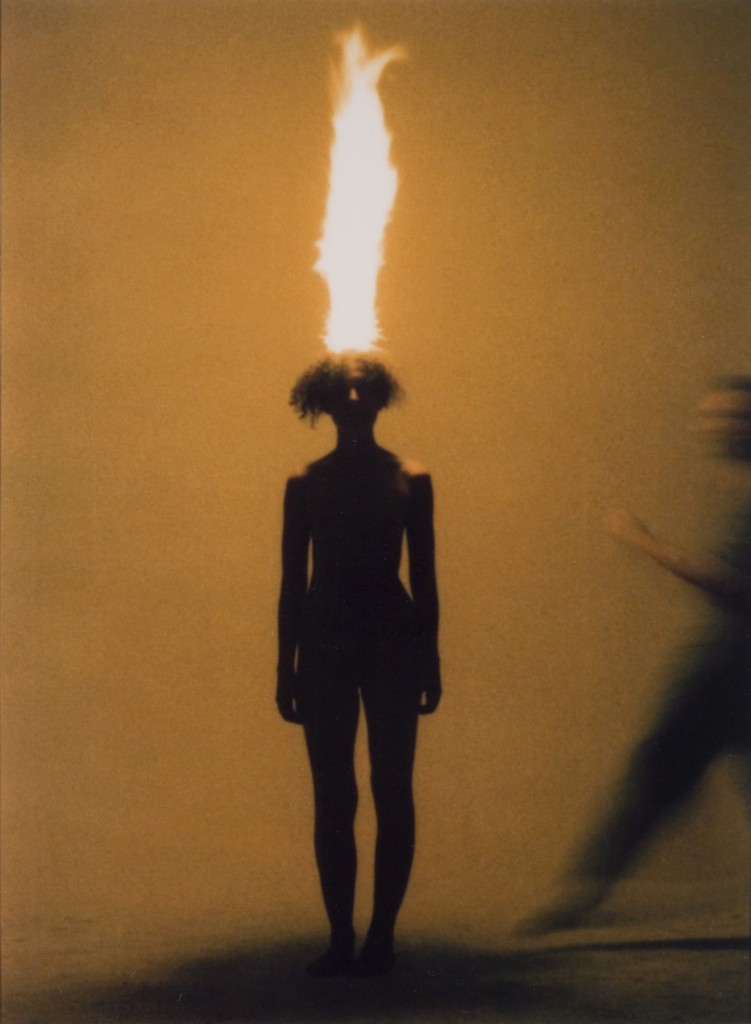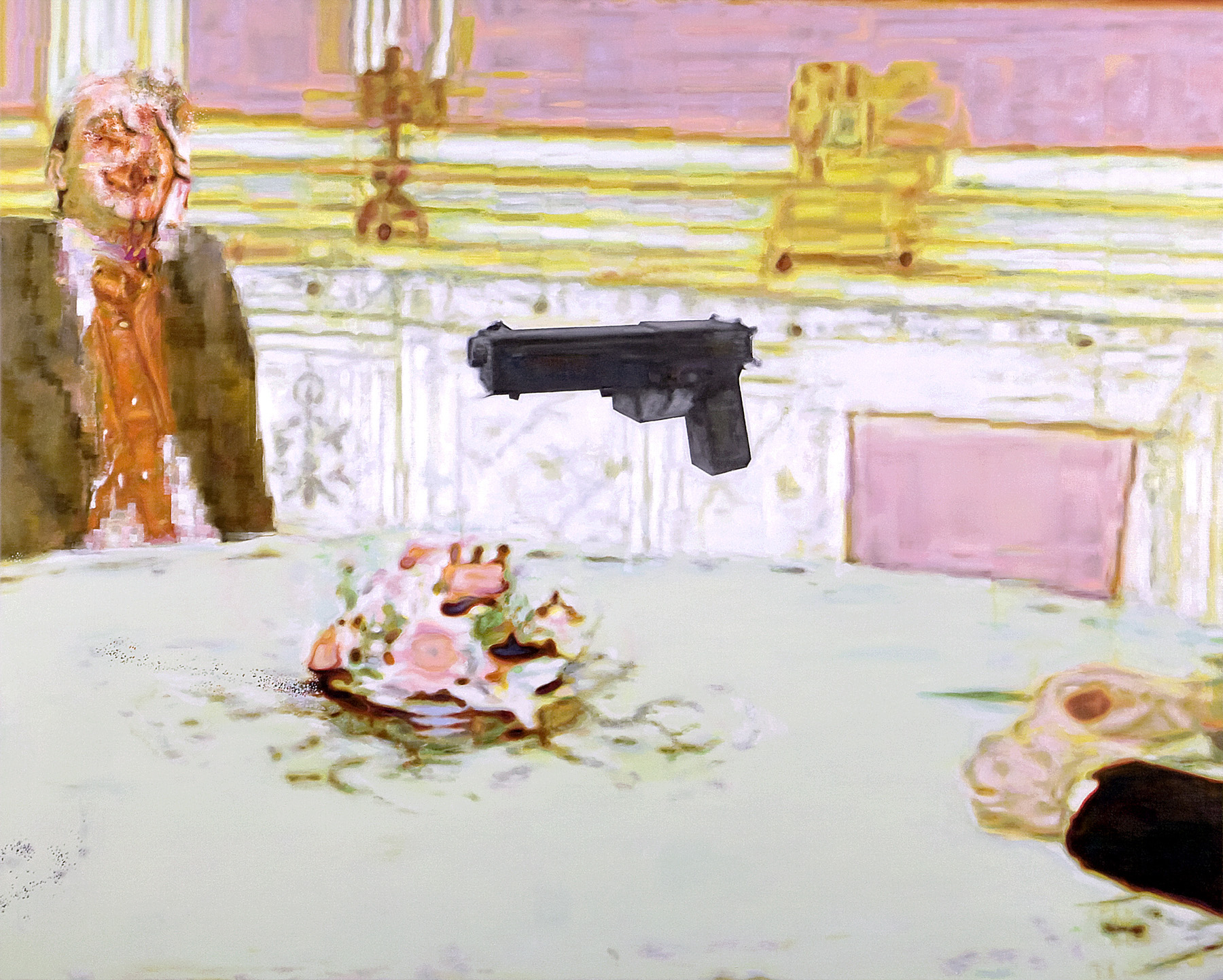
Have you ever gone to an art gallery or exhibition and while viewing the art wondered, “What am I supposed to think about this?” Or perhaps you viewed the art, interpreted its meaning and wished to share your thoughts with others. If so, the exhibition Interactions at the Leonard and Bina Ellen Art Gallery is the place you’re meant to be.
Conceptualized with the aim to expose the gap between art and the public, the exhibit combines contemporary art pieces with verbal and written interpretations by people of the public and art domain. The exhibit is set up so that each piece of art is accompanied by a written response to the piece as well as video response from among the thirty people who participated in this project. What this does is allow a gallery visitor to not only experience the contemporary art on display for themselves, but to also experience the art through the interpretations of others. It is an opportunity to hear what others think, some of whom work in the field, and thereby deepen the experience of the piece.
The exhibition at the entrance of the gallery will at first set some to puzzling. Displayed on a flat screen television is a thirty-two minute video of people watching the film Six Colorful Inside Jobs by John Baldessari. The piece is called You Are the Work, by Alana Riley and it serves to provoke the question, ‘What are they thinking?’
Watching the video of these people, who in turn are watching a film, we want to know what they think. Do they like it? It is akin to standing next to someone in a gallery as you both observe the same piece of art. You find yourself wondering what that person thinks of the piece, how they might interpret it, whether your interpretation is different, but like You Are the Work, you can’t know without asking. Luckily, curator Mélanie Rainville has done the asking for us.
The artwork in this exhibition spans a range of medium from sound and video installations to performance art, photography, painting and graphite. All of the sound and video installations are striking, playing on your visual and auditory senses to transport you into the artwork and to not only view it, but experience it as well.
To Be Continued by Sharif Waked is a video designed to resemble those made by terrorists wherein victims are made to recite a script before being executed. However, instead of propaganda, the victim, played by Palestinian actor Saleh Bakri, begins to read from the story A Thousand and One Nights. The film is in Arabic with English subtitles and as the Arabic words fill your ears, your eyes scan the English translation as you are drawn into the narrative by Bakri’s piercing blue eyes.
However, it is not so much the recitation that is important, although it is incredibly beautiful to listen to, but rather the parallel between the plight of Scheherazade in A Thousand and One Nights, who staves off execution by telling the king stories and that of Palestinian prisoners reciting their final words.

The three paintings by Louis-Philippe Côté, Ton rêve d’anarchie, Égérie, and Transpolitique (L’abattoir virtuel comme machine de guerre) are the only painted pieces in the exhibit. Visually stunning and thought provoking, these three pieces immediately grab the eye upon entering. The video responses to this piece are interesting to listen to, but the written response left something to be desired. Dominique Sirois-Rouleau’s interpretation is highly academic and likely to make the average gallery visitor crossed eyed, but it served the purpose of a scholastic interpretation of contemporary art, ensuring that both the casual art observer and the professional were represented.
The written response that was perhaps the most interesting, was the poem Monologues by Denise Desautels, translated into English by Simon Brown, which was written in response to John Massey’s piece Three Eyes. The poem attributes a dialogue to the artwork, taking a different approach to interpreting the piece. The poem was beautifully written and could stand alone, but together with Massey’s work it serves to enhances one’s experience of his artwork.
Interactions can be viewed at the Leonard and Bina Ellen Art Gallery, located on the first floor of Concordia’s LB building at 1400 Blvd. De Maisonneuve. For more information please visit their website at www.ellengallery.concordia.ca




